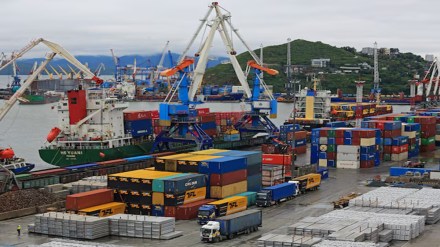Ahead of the 10th review meeting of the Association of Southeast Asian Nations (Asean)-India Trade in Goods Agreement (AITGA), there is a buzz within India Inc and the ruling dispensation to exit the deal. This would not be in India’s strategic interests as this free trade agreement (FTA) inked in 2010 is foundational to its Look East policy and pivot to the prosperous Indo-Pacific region. The National Democratic Alliance regime, however, has been ambivalent about the benefits of AITGA and the trade deals with South Korea and Japan inked by the previous United Progressive Alliance regime. Despite a two-fold rise in trade in goods to $123 billion in 2024-25, there are deep misgivings over the AITGA as it resulted in a nine-fold increase in our trade deficit to $45.2 billion. The concerns are similar to what India had in opting out of the Sino-centric Regional Comprehensive Economic Partnership (RCEP), notably that it was a deal with China by stealth. In this regard, the statement of commerce & industry minister Piyush Goyal that India is looking to fast-track discussions on the review of the AITGA and address the challenges is reassuring.
Strategic Importance of AITGA for India
Rather than look for an excuse to exit the AITGA, India must make this agreement work to its advantage at the 10th review meeting in a spirit of cooperation. India no doubt has grounds for concern that this review has been dragging on since November 2019. For two years since then, Asean did not even start negotiating on it. Even the subsequent review meetings have shown limited progress. But the times are a-changing. India Inc is worried about cheaper Chinese goods inundating the domestic market; so too is Asean with the worsening Sino-US trade tensions and President Donald Trump’s tariff disruption. The US President has threatened Asean countries with levies from 25% to 40% as they are conduits for shipping Chinese goods to the US market. Vietnam faces a 40% tariff for goods that have been transshipped. As these are India’s concerns as well, the current conjuncture is most conducive for addressing the rules of origin and the need to have reliable traceability practices to ensure that Chinese goods are not transshipped to India via the AITGA.
Addressing Trade Imbalances and Future Engagement
Making the AITGA work better is in India’s interests as it seeks a deeper engagement with the Indo-Pacific region. Stakeholders like India Inc can contribute to this process by stepping up their investments in Southeast Asia like the Aditya Birla Group did earlier. This in turn could be a basis for reconsidering joining the RCEP, which is after all Asean-plus with China, Japan, South Korea, Australia, and New Zealand. India is currently broadening its economic cooperation and trade agreement with Australia and is negotiating an FTA with New Zealand.
Besides these two nations, four Asean nations are also part of the 12-member Comprehensive and Progressive Agreement for Trans-Pacific Partnership (CPTPP), which India could contemplate joining in the future. True, it has participated in the US-led Indo-Pacific Economic Framework for Prosperity but opted out of its trade pillar. But with CPTPP, India should have relatively greater comfort levels as it has a larger two-way trade with member nations but with a much smaller trade deficit than with Asean. Terminating the AITGA is therefore not a realistic option as it will leave India without participation in any mega regional trade grouping in the Indo-Pacific region.
